Do Androids Dream of Electric Sheep? was and remains a masterpiece of dystopian sci-fi and of 20th century fiction in general. As one of Philip K. Dick’s most beloved novels, it even became a hit as in film form with Blade Runner.
The classic is critically acclaimed, both for its story and the acting, but one has to admit that it is easier to count the differences rather than the similarities between the movie and the source material. While it's almost impossible to say which is the "better" version of the story, it remains interesting to compare and contrast these two interpretations.
10 Differences In Terms
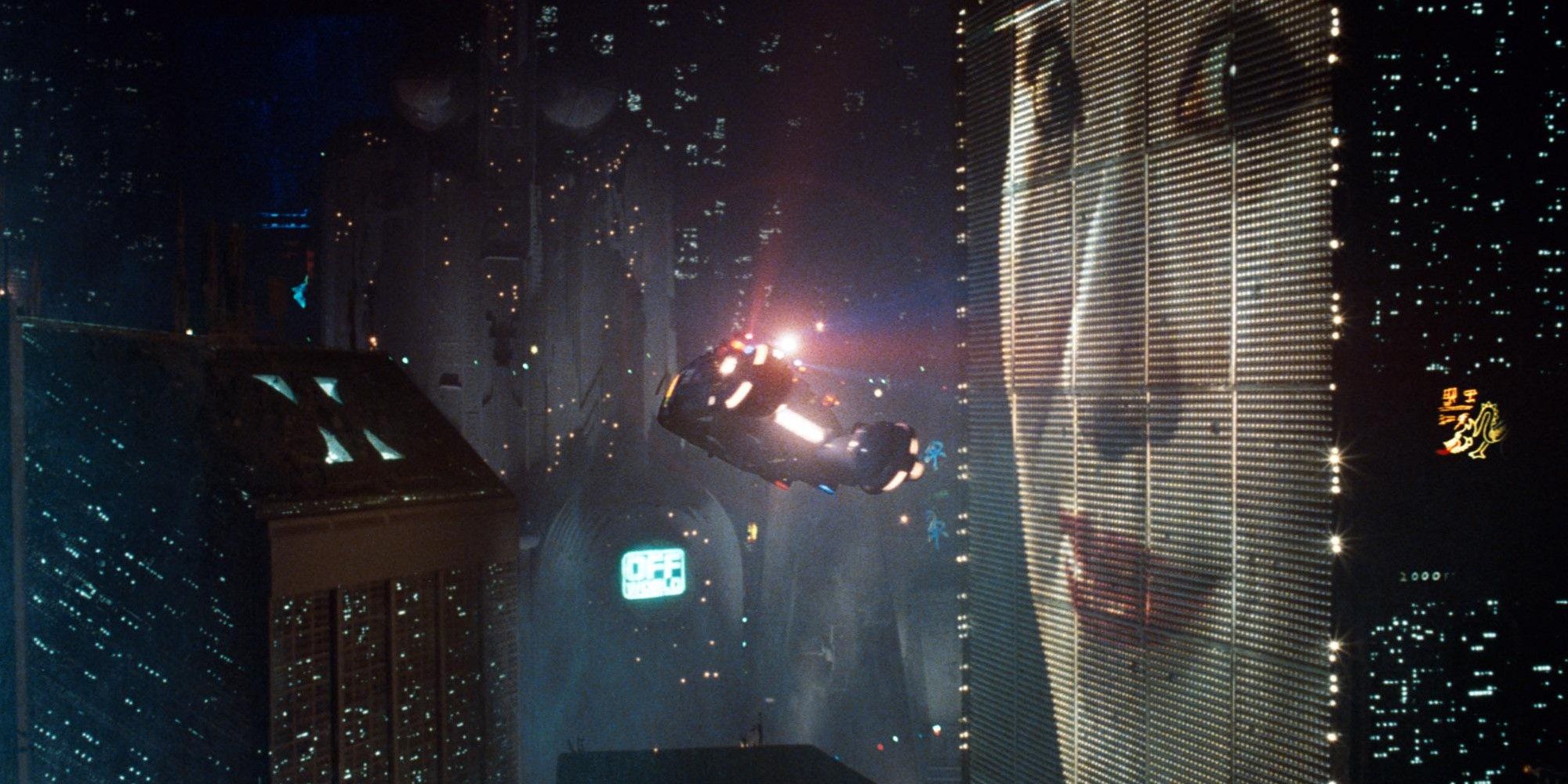
The most prominent change between the book and the movie is possibly the lack of the term “blade runner.” The film’s title was really based on the title of a 1979 novella by William S. Burroughs. In Do Androids Dream of Electric Sheep?, Deckard, the protagonist (portrayed by Harrison Ford in the film), is only described as a bounty hunter. The term “replicant” is on no occasion mentioned either; that memorable designation was invented by scriptwriter David Peoples. In the novel, Roy, Pris, Rachael and all replicants are called “andies,” from androids.
9 The Location
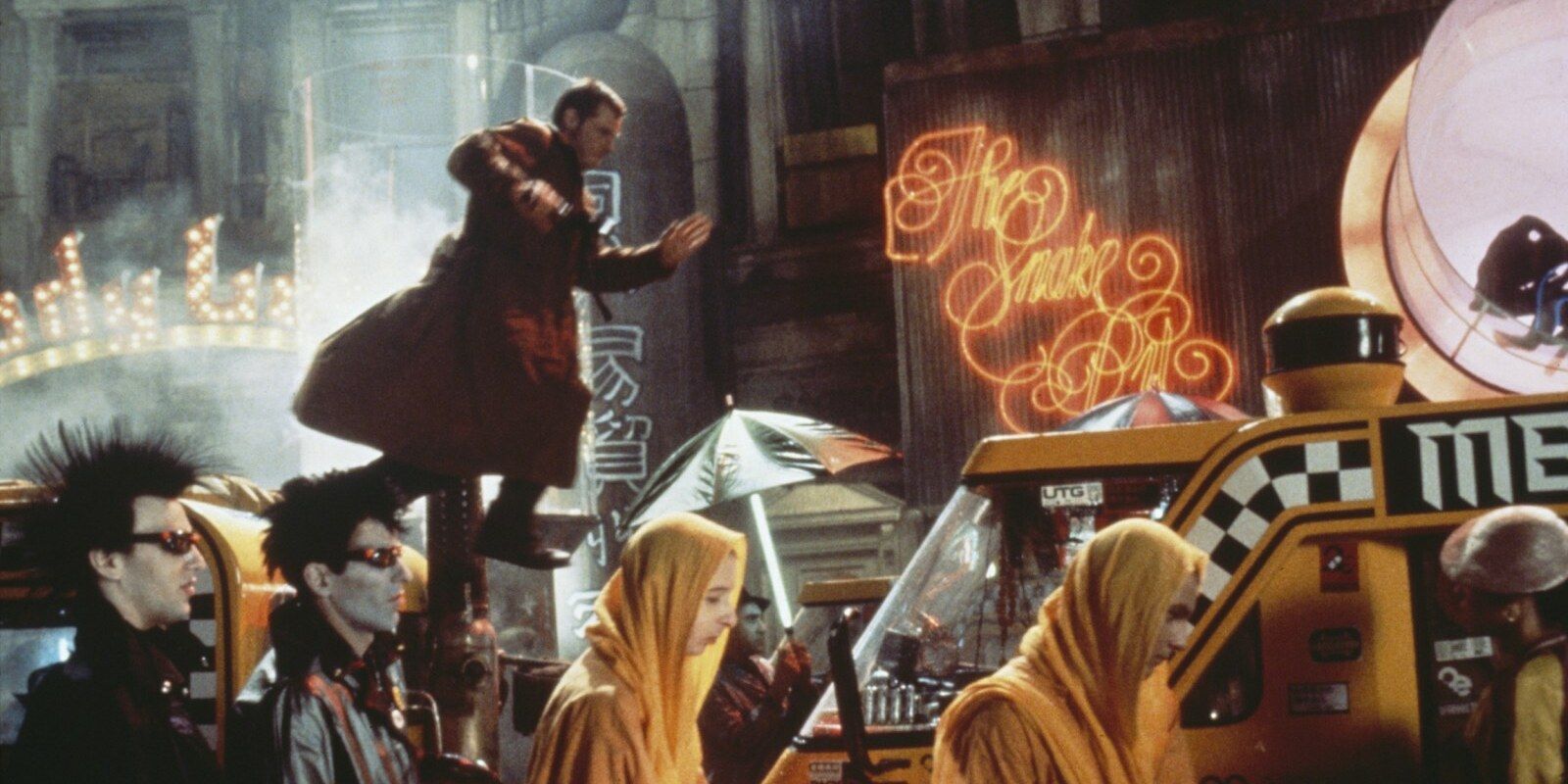
The film is set in an overcrowded futuristic Los Angeles, but the book takes place in an almost deserted San Francisco. The events of Do Androids Dream of Electric Sheep? occur after World War Terminus (WWT), a fatal war which has devastated the planet with its radioactive effect, explaining San Francisco's ruination. The majority of the earth’s animals went extinct, and a significant number of the human populace is experiencing painful bodily and psychological ailments.
8 Deckard’s Character
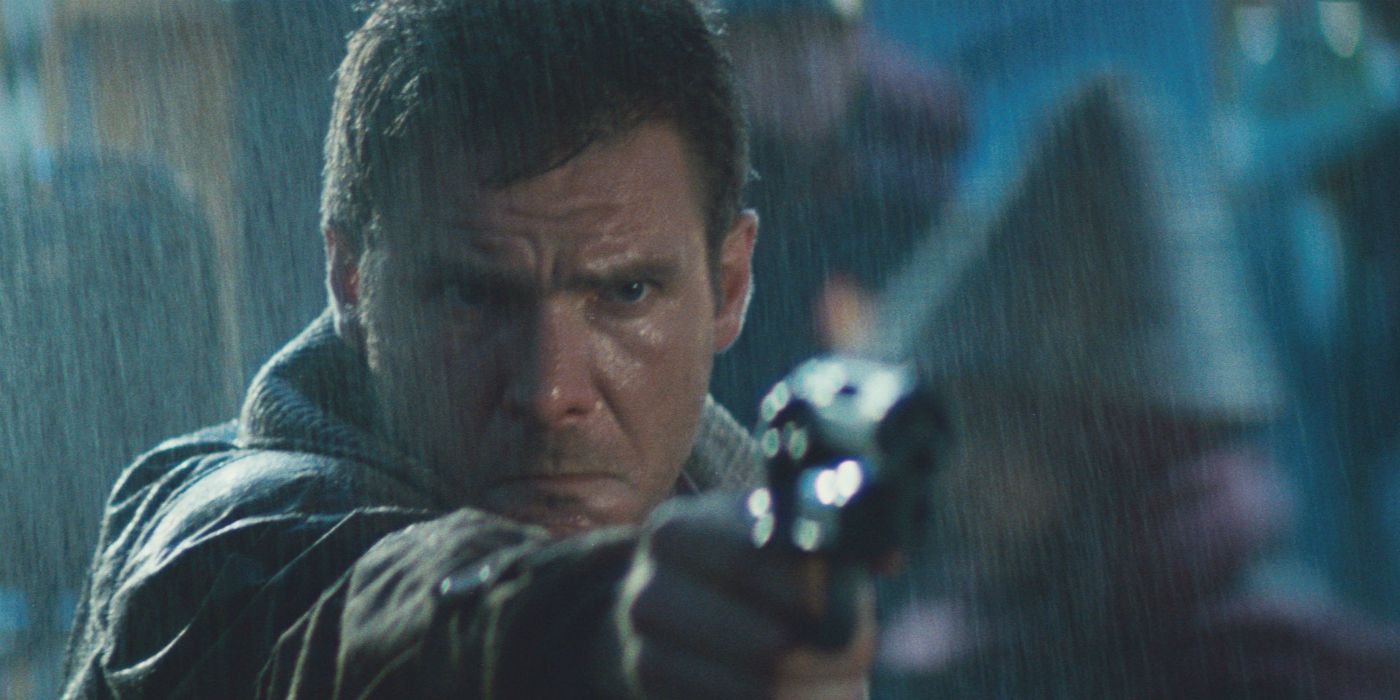
The protagonist of the book and of the film may share the same name (and the main character status) and yet, they are admittedly very different people. In the film, Deckard is seemingly a sworn bachelor, broody and slick, perhaps an allusion to noir male protagonists. In the novel, he is unhappily married to a woman he can never seem to satisfy.
There are also deviations from the source material when it comes to his professional life. In the film, he is the best in the business, sought after to complete missions others cannot. In the book he is depicted as second-rate, occasionally the butt of the joke amongst his colleagues.
7 Living Animals As Status Symbols
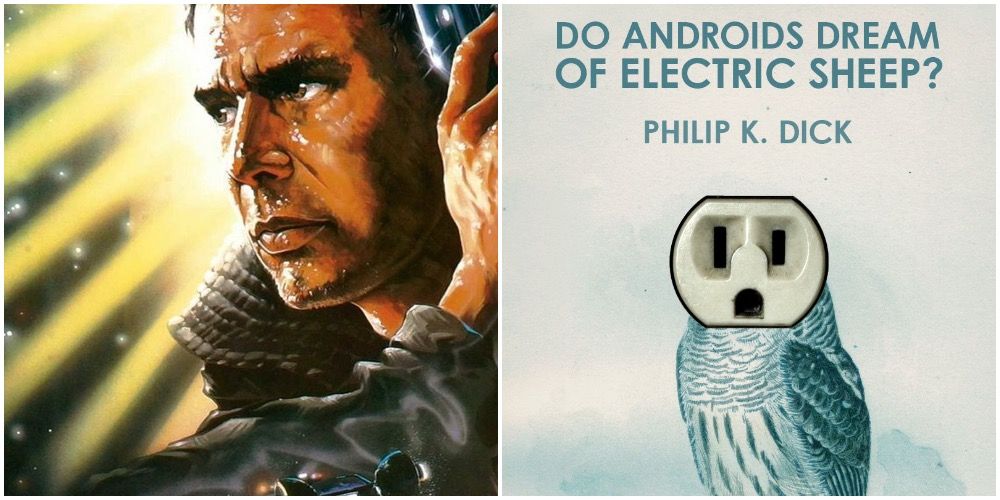
Due to the aforementioned radioactive effects of the war, most animal species have gone extinct in the book. That is the reason why possessing an actual live pet is a major status symbol in the book and most people cannot afford them. Many people choose to have android animals, but they are considered a poor substitute. An important subplot in the book is Deckard’s obsession with obtaining a live pet (an obsession also shared by his wife), which acts as one of his primary motivations for taking up the task of locating the andies. He keeps the titular electric sheep on his roof, after the real ones he used to have died.
6 Androids Vs Replicants
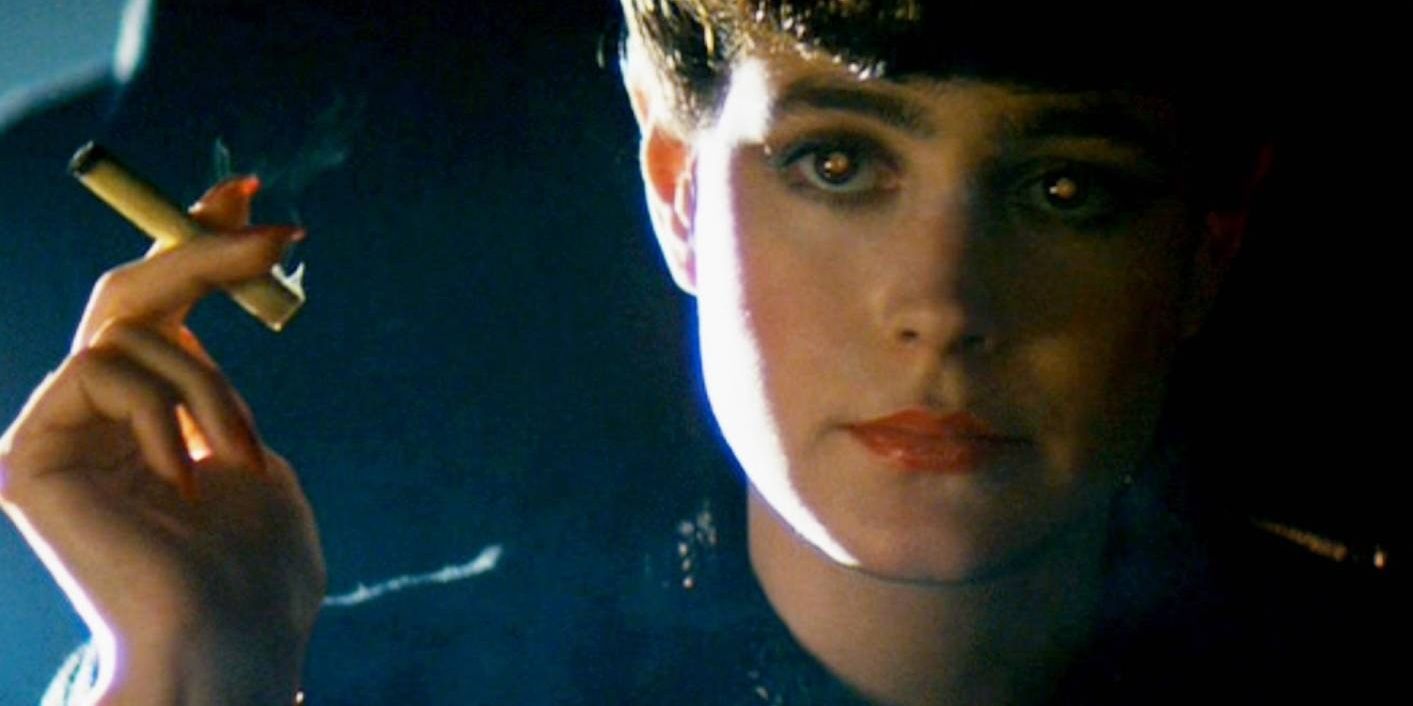
In the book, the engineered humanoids are called androids, created by the Rosen Association. Eight androids arrived on Earth, with the team comprised of Max Polokov, Luba Luft, Garland, Pris Stratton, Roy and Irmgard Baty, and two more that appear only before Deckard was handed the task. There is no obvious motive behind the androids’ decision to murder their owners on Mars and escape to Earth. In the film, replicants are created by the Tyrell Corporation. Only five get to Earth and one is killed before Deckard starts his mission. The replicants’ purpose for coming to Earth was to prolong their lives, since the programmed "fail-safe" mechanism destroys them after four years.
5 Can Replicants/Androids Feel Human Emotions?
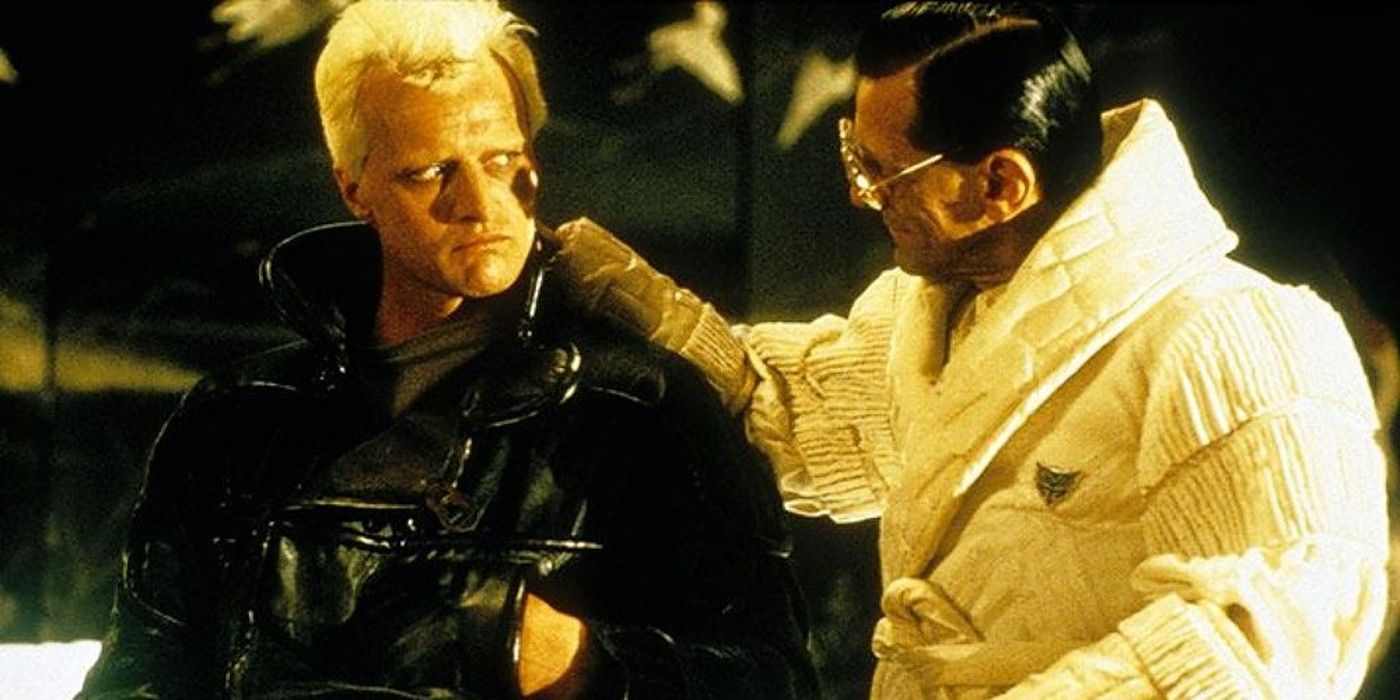
The topic of androids' ability to feel human emotions showed quite opposing perspectives between Philip K. Dick and the film’s creative team (Ridley Scott especially). In the book, androids are essentially irredeemable creatures. They have been programmed to never feel actual human emotions and they are easier to distinguish from actual humans. They do not form deep relationships and lack empathy. In the film, the opposite occurs, as the lines between human and replicant become increasingly blurred. Replicants are shown to possess emotions, understanding, and a craving to be accepted and to really live.
4 Thematic And Stylistic Differences
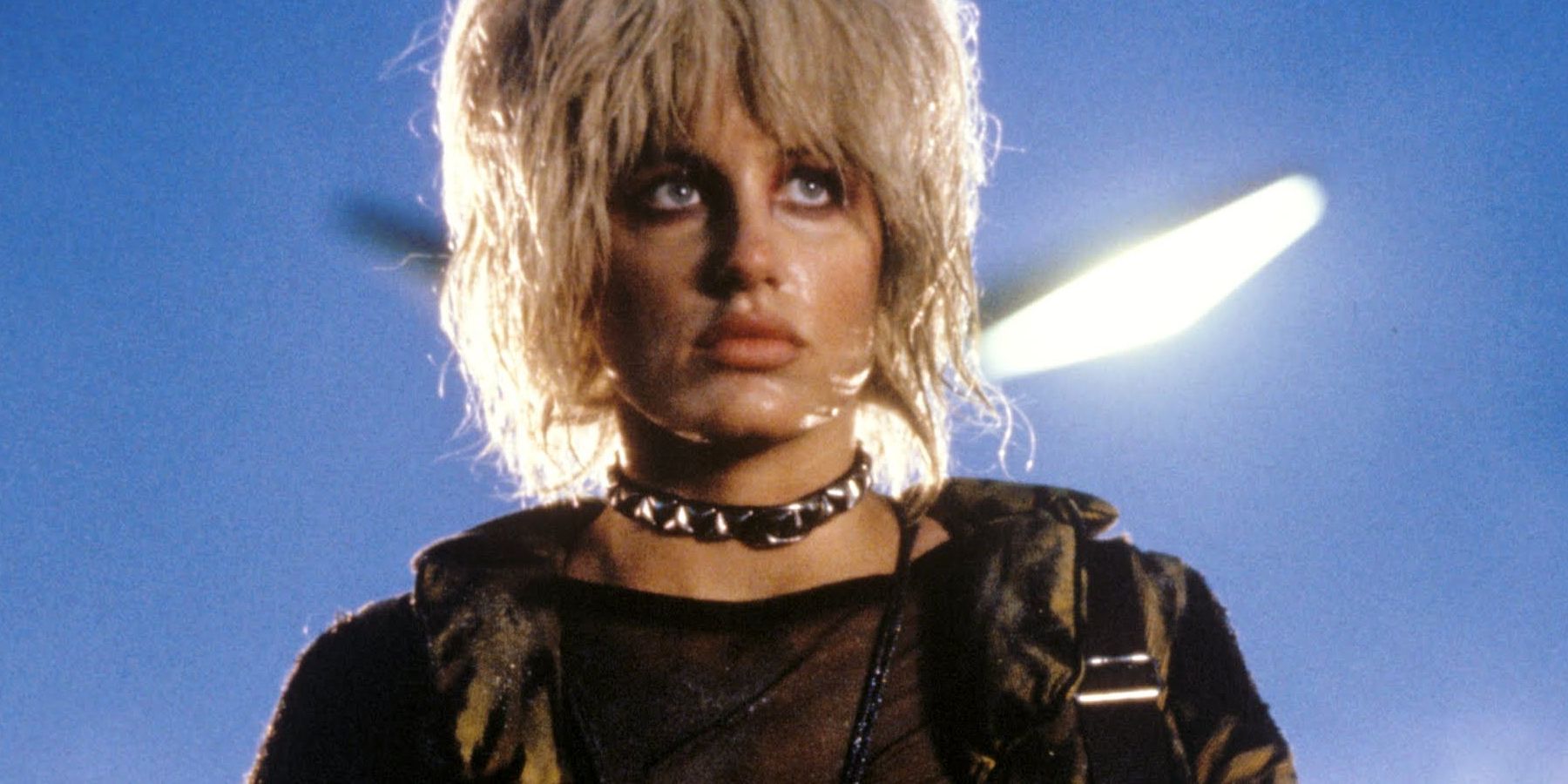
Dick’s novel admittedly focuses on different things than the movie. The author chose to depict more of Deckard’s personal life, his marital issues, and his general sense of failure as a bounty hunter and a husband. He also heavily commented on the social aspects of a post-apocalyptic world. He underlined the issues of urban decay, commercialism, and how humans can on occasion act as machines. He also incorporated his own brand of humor and satire. In the film, the tone is dark and neo-noir, there is no humor, and Deckard is depicted as a loner but an excellent blade runner.
3 Mercerism, Mood Organs, And Empathy Boxes
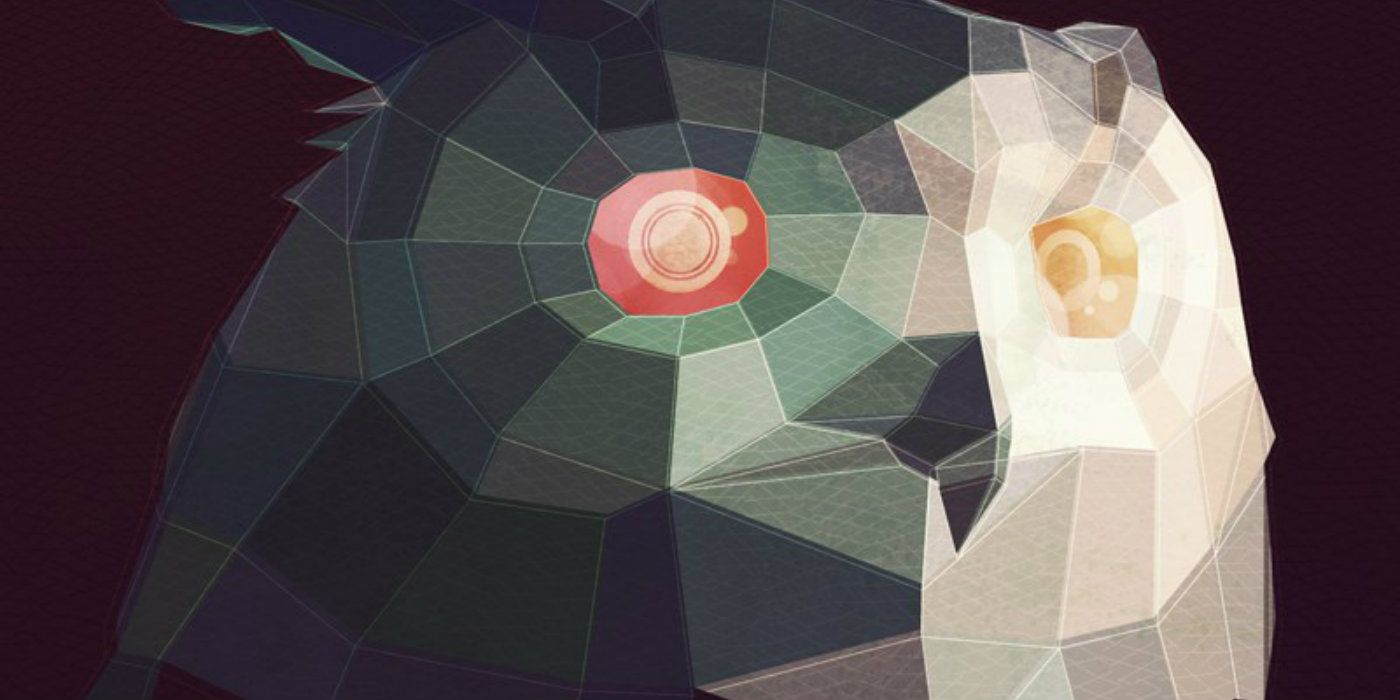
There are quite a few subplots that were not included in the film. The film does not incorporate mood organs (machines that modify people’s moods), and it does away with a whole subplot with a religion called Mercerism.
In the book, followers around the universe also utilize a particular gadget named empathy box to establish a shared consciousness and merge with a supposed saint called Wilbur Mercer. Through undergoing his trials and tribulations, supporters gain the ability to communicate their emotions and understand each other.
2 Rachel’s Character
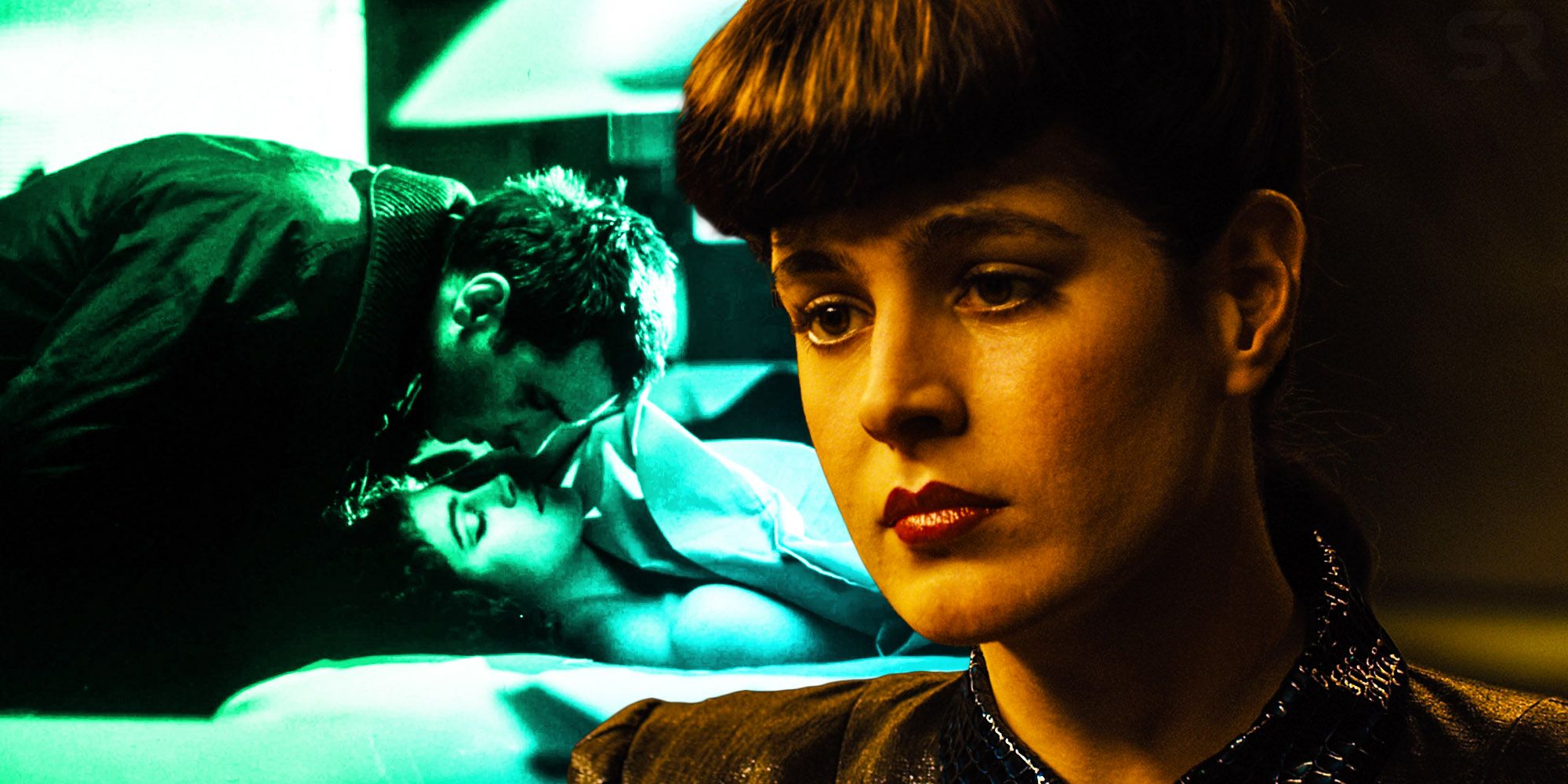
The opposing interpretations of Rachel’s character have to do with the different views concerning androids/replicants and humanity between the film and book. In both, Deckard administers the Voight-Kampff test to determine whether she is a real human, but then the paths of the two versions drastically diverge. In the novel, she is revealed to be an android only a few questions in, and her employer devises an irrational explanation about how she grew up isolated in a spaceship and therefore acts like an android, but Deckard does not believe him. In the film, it takes a hundred questions and Deckard still shows signs of reservation. In the former, she is spiteful and cold, whereas in the latter she feels love, sadness, and a wide range of emotions.
1 The Ending
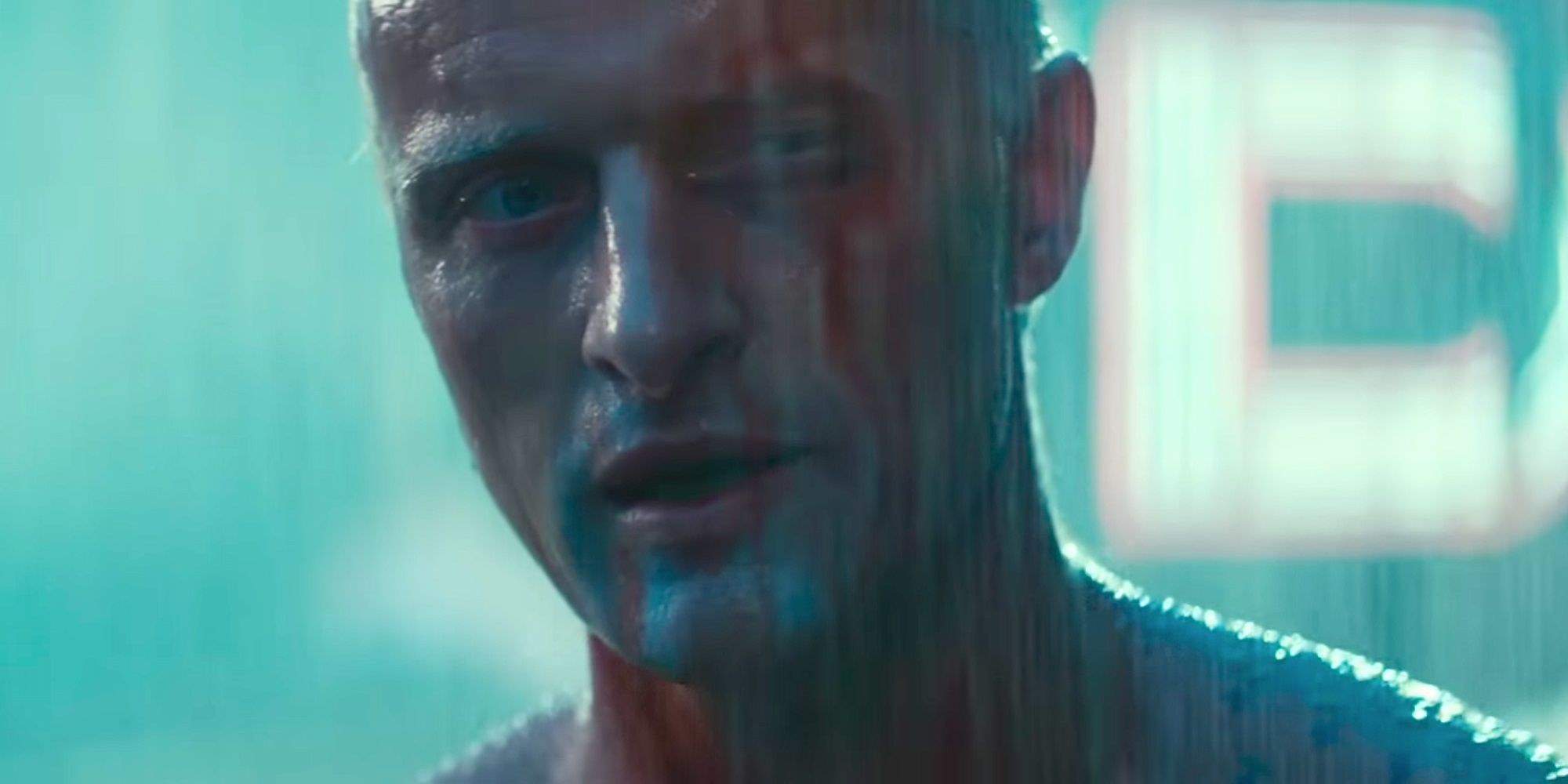
While it has to be noted that the two versions have key differences in their storylines and even in basic ideas - and hence had to have different endings - the film’s ending is more touching and hopeful and resonates more with our needs as an audience. In the book, Deckard terminates all the replicants he had to, goes through some surreal journey, returns home to his wife, and then just falls asleep, promptly forgetting his hard-earned empathy for androids. In the film, Roy’s speech after the showdown with Deckard was a moving touch that really fleshed out the replicants’ human side; it prompted Deckard to take Rachel and just get away, finally finding love and human connection - with a replicant.
from ScreenRant - Feed https://ift.tt/3hLCR25



0 Comments